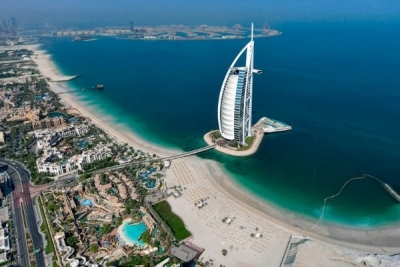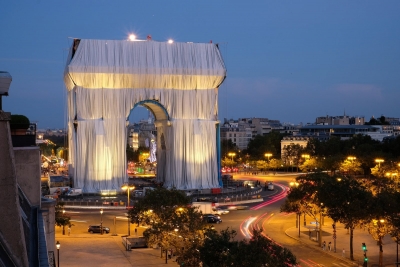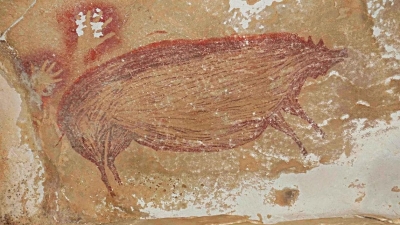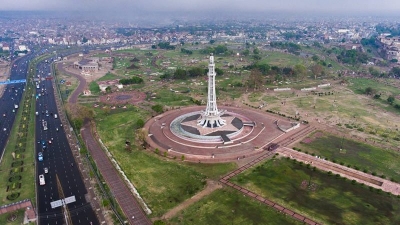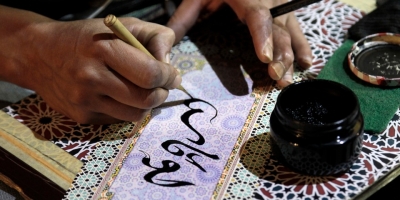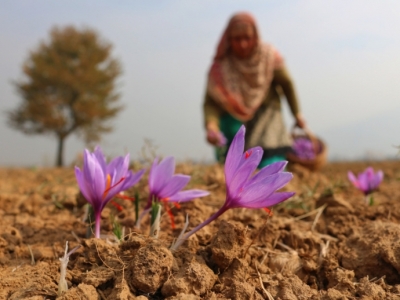Is nitrous oxide worse than carbon dioxide?
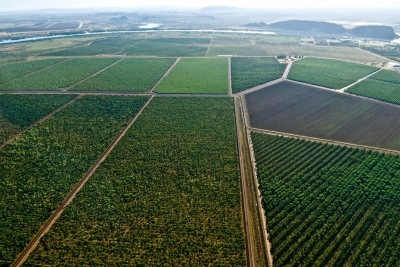
Nitrous oxide, also known as laughing gas, is around 300 times stronger than carbon dioxide at heating the atmosphere. While its total emissions (6%) are less than those of carbon dioxide (76%) and methane (16%), nitrous oxide remains a powerful greenhouse gas that lingers in the atmosphere for around 114 years before disintegrating. Scientists at the Intergovernmental Panel on Climate Change (IPCC) estimate that three quarters of nitrous oxide emissions come from agriculture. Agricultural soil, especially because of the world's use of synthetic nitrogen fertiliser, is the principal culprit.
Nitrous oxide is not just a greenhouse gas, it is a very good indicator of a grower’s efficiency in his farming practices and how he manages the nitrogen he applies to his crop.
For every kilogram of nitrous oxide emitted, there are other nitrogen gases (e.g. di-nitrogen or N2) that are lost in far greater amounts, from 2-70 kilograms. These other gases have no impact on our atmosphere (which is already 78% di-nitrogen), but they are equivalent to lost production and ultimately lost income to a farmer.
Nitrogen fertiliser is not cheap. Every tonne of nitrogen costs the grower more than A$1,000, but it is critical for meeting the demands of a rapidly growing world population.
Australian farmers collectively apply nearly 1 million tonnes of nitrogen every year. If (conservatively) 25 kilograms is lost to the atmosphere for every tonne applied, that is $25 million dollars each year shaved off the economy.
Credit : The Conversation
Picture Credit : Google
